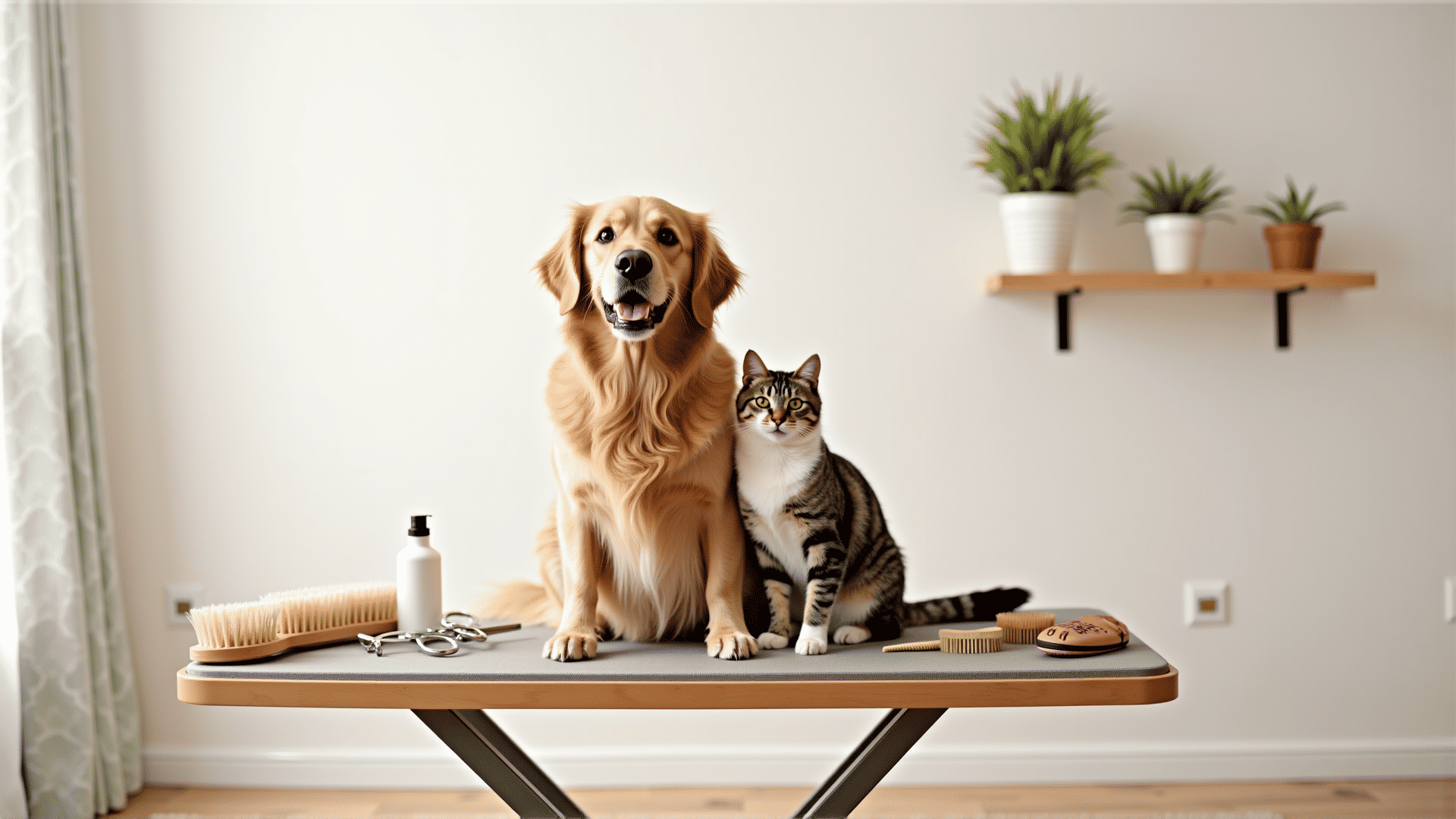Regular grooming is one of the essential aspects of pet care, playing a crucial role in maintaining overall health and well-being. From improving skin condition to promoting better hygiene, good grooming practices can contribute significantly to your pet's happiness. Here are some top grooming practices to keep your furry friends looking and feeling their best:
-
Brushing: Regular brushing is vital for all types of pets, whether they have long, short, or curly fur. It helps reduce shedding, prevent matting, and distribute natural oils throughout the coat, keeping it healthy and shiny. Additionally, brushing can be a great bonding experience, allowing you to check for unusual lumps or parasites like ticks and fleas.
-
Bathing: Maintaining cleanliness is critical, and bathing is an essential part of grooming. However, the frequency depends on your pet's breed, coat type, and lifestyle. Use lukewarm water and a pet-friendly shampoo to avoid skin irritation. Proper rinsing and drying are crucial to prevent skin infections.
-
Nail Trimming: Keeping your pet's nails trimmed prevents painful overgrowth and reduces the risk of injury. Pay attention to the quick—the sensitive area within the nail—and trim with care. If you're unsure or uncomfortable with nail trimming, seek professional assistance.
-
Ear Cleaning: Regularly checking and cleaning your pet's ears prevents infections. Use a veterinarian-recommended ear cleaner and gently wipe the ear surface. Avoid inserting anything into the ear canal and be on the lookout for redness or unusual discharge, which may signal an infection.
-
Dental Care: Oral hygiene is often overlooked but is vital for preventing dental diseases. Brush your pet's teeth using a pet-safe toothpaste to remove plaque and tartar. Dental toys and treats can also promote clean teeth and fresh breath.
-
Eye Care: Keep your pet's eyes free from debris and discharge by gently wiping with a damp cloth. Regular eye care prevents tear stains and irritation, especially in breeds prone to eye conditions.
-
Shedding Control: Regular grooming reduces the amount of shed hair in your home. Pet de-shedding tools, brushes, and proper nutrition can manage shedding effectively. This not only helps keep your living space cleaner but also keeps your pet comfortable.
-
Paw Care: Check your pet's paws for any debris, cuts, or cracks. Keep the fur between their paw pads trimmed to prevent matting and ensure they are comfortable when walking.
Adopting these grooming practices ensures your pet's coat and skin remain healthy. Moreover, grooming sessions offer excellent opportunities to bond with your pet while catching any potential health concerns early. Always approach grooming with patience and gentleness, and consult professionals if you encounter difficulties. Your pet's well-being greatly benefits from these efforts, reflecting in their lively, joyful demeanor.
